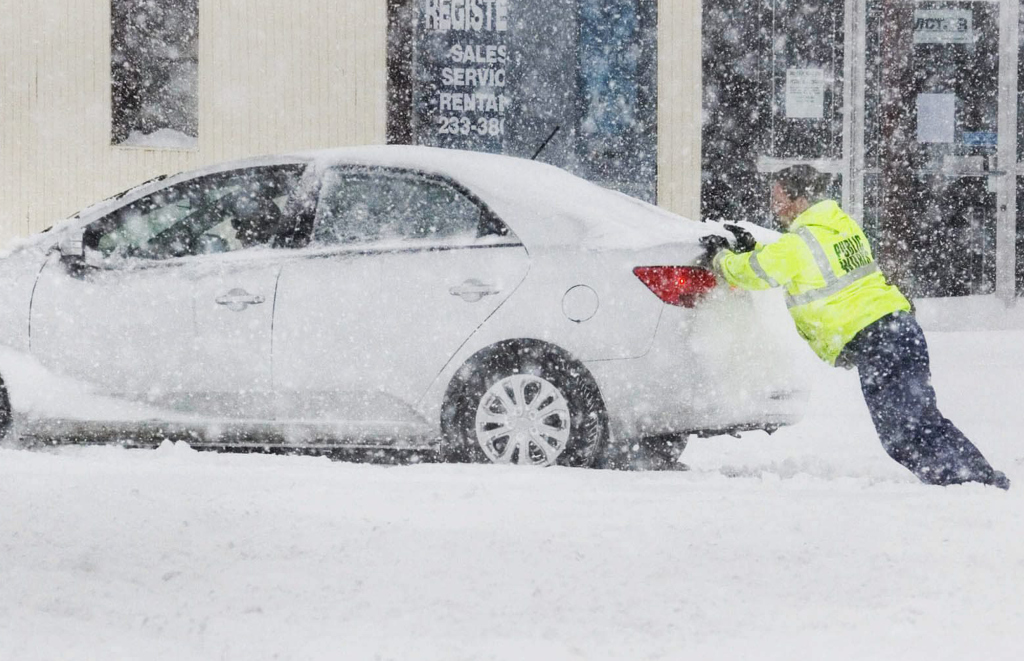Get a tune-up – Your mechanic should check the hoses, belts and anti-freeze. This will prevent a weakened hose or belt from breaking and leaving you stranded.
Check your battery – If your battery is three years or older, consider getting it tested and replaced, if necessary. If it is under three years, check to make sure the battery is mounted securely and the connection is clean, tight and corrosion-free.
Fill up with washer fluid and consider new wiper blades – Make sure your wiper blades and washer fluid are sufficient for winter obstructions.
Check Your Tires – Your tires need to have adequate tread with “grip” to help you when driving in the snow. Make sure the tire air pressure is adequate. Deflated tires close up the tread and significantly decrease traction, increasing the likelihood of sliding on icy patches. If you are in an area that gets hit particularly hard in the wintertime, consider purchasing snow or winter tires and replacing regular tires to help improve traction, braking and control.
Fill up with Gas – Good thing gas is cheap right now, because it is best to fill it up and never let it get below half way at all times. It will help avoid freezing in the fuel lines and will keep you safer in the winter weather situations.
Keep an Emergency Kit in Your Car – In the case of an emergency, it is a good idea to have a kit in your car, consisting of a blanket, extra boots, extra gloves gloves, an extra set of warm clothes, extra water, food, ice scraper, a small shovel, a flashlight, windshield washer fluid, flares, jumper cables, a tool kit, tire gauge, a spare tire with air in it, tire changing equipment, first-aid kit, paper towels, sand or kitty litter.
Four-Wheel Drive– Check the status of your four-wheel-drive system and be sure it’s working correctly – especially because most drivers don’t use their 4WD systems in the summer. Be sure that the system engages and disengages easily and that all the drivers in your household know how to use.
References: Today.com, DMV




